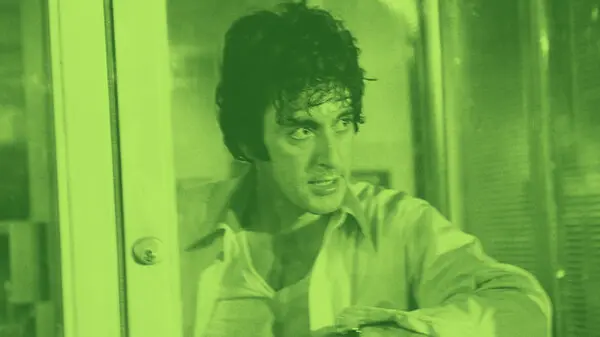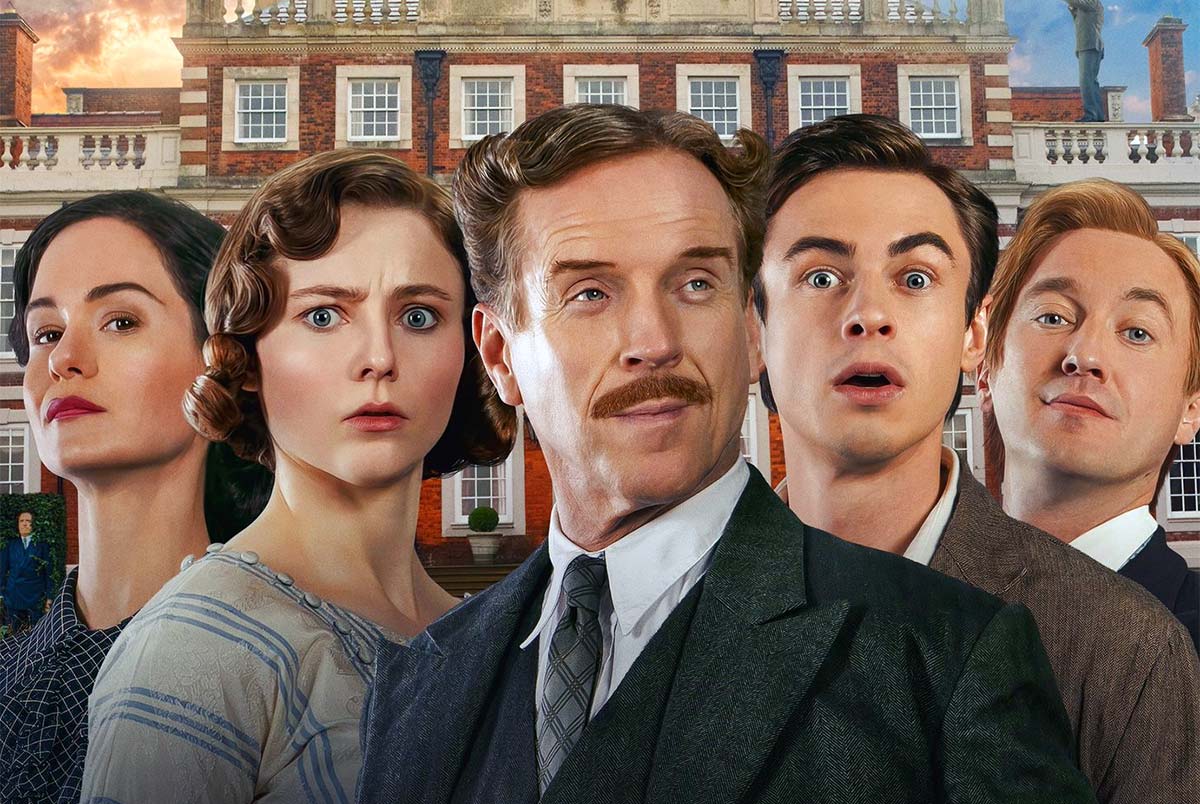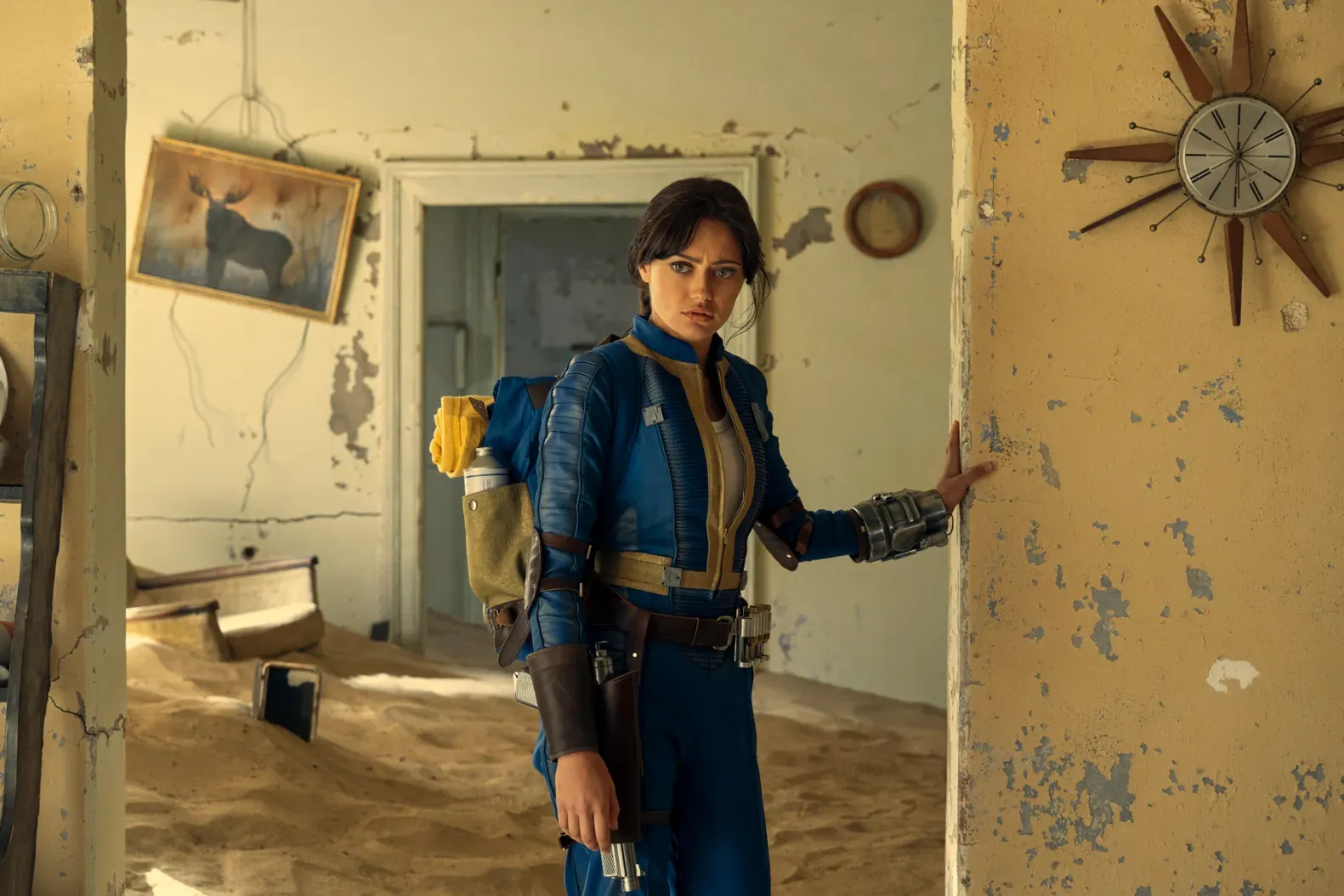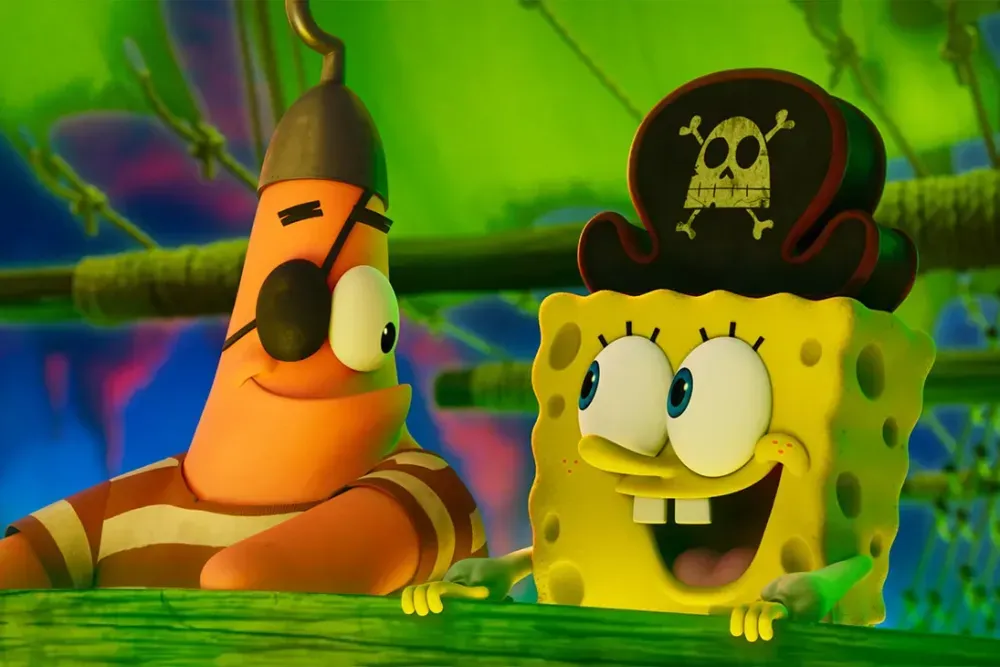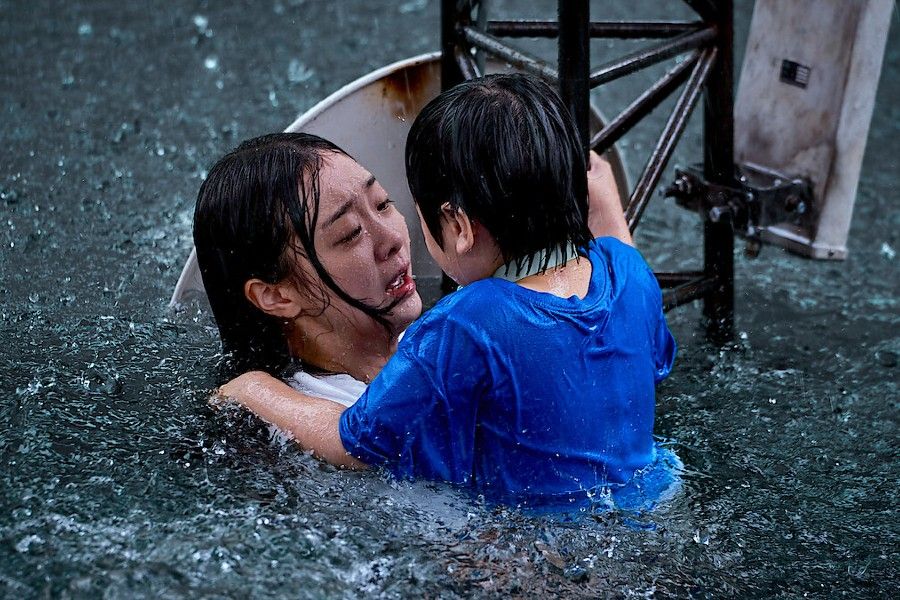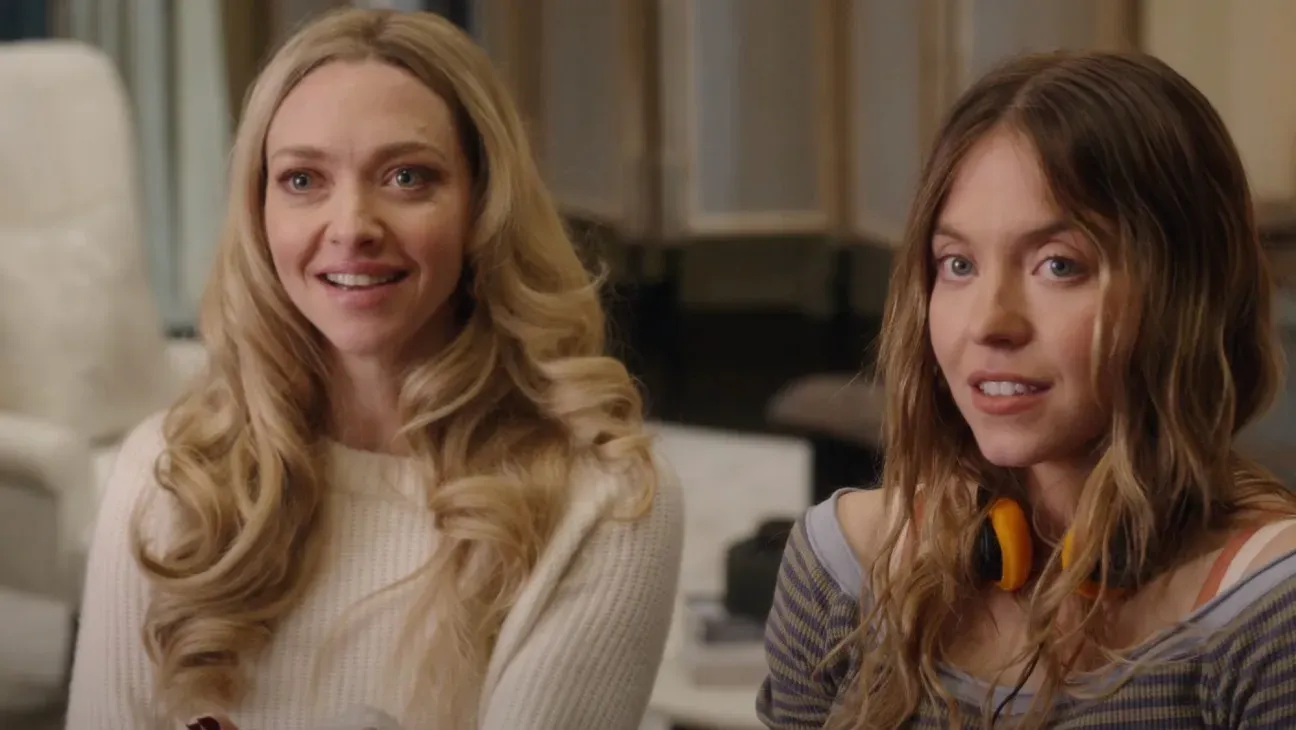
Chupa on Netflix - Review
- Apr 20, 2023
In "Chupa," the titular beast friend is seductive. Try your hardest not to fall in love with this fluffy cat with wings who coos, chitters, and occasionally purrs when he's not baring those timid eyes. And occasionally, as Chupa learns to fly, we can see the rainbow-colored gloss on his wings. A big cry from the previous movie images of Mexico's mythological el chupacabra, Chupa is good PR for a figure who is typically a goat murdering and sharp fangs.
See Also: The Best TV Shows for Documentary Enthusiasts
Chupa is also one of the few unique concepts in this formulaic family movie. Jonás Cuarón's exercise in CGI character creation. If Cuarón hadn't previously co-written "Gravity" with his father, Alfonso Cuarón, such a lack of ambition would be less obvious.
Alex (Evan Whitten), a lonesome child who is teased by his white peers in Kansas City, is the boy who first discovers the secret monster. Alex's mother sends him to Mexico to visit his two cousins, Luna (Ashley Ciarra) and Memo (Demián Bechir). As well as his former luchador grandfather (Demián Bechir), who passed away from cancer (Nickolas Verdugo). But, Alex prefers to use his Game Boy and is put off by the linguistic barrier. Alex's hosts gradually persuade him to taste Mexican food, experiment with fireworks, and even become a luchador. It is similar to his father which we see in a series of lightheartedly lovely scenes.
Enter Chupa, also on his lonesome, looking for somewhere to belong. He’s being hunted by a tenacious poacher played by Christian Slater. We find out through the movie’s typical expository dialogue that Chupa will have great economic value once captured. Chupa finds his way to the family’s ranch home and finds a friend in Alex. In one bonding moment, Chupa even shares his food with Alex, a squished rat. Chupa’s presence accelerates Alex’s own emotional story. The two outsiders learn to stand up for themselves, bolstered by the power of family.
Predictability is supposedly a part of the film's charm, as director Alfonso Cuarón confuses familiarity with warmth and cuteness. Maybe it helps to think about what this movie lacks in comparison to previous animal friend adventures. There isn't a moment when Chupa skateboards, where Chupa dances at a McDonald's, or where Chupa helps him defeat some bullies. Nevertheless, this list raises a separate issue-this extremely condensed narrative also leaves little room for connectedness. There isn't a lot of time for us to sense their relationship or to see how he is him and Chupa is he, etc. On cue, "Chupa" can be adorable, but its emotional range has limits.
Cuaron is using extremely basic set pieces in this scene. The small ensemble does a good enough job of trying to make Chupa's zero and one make-up look real. Bechir is a fantastic choice for Cuarón because he gives clichéd emotional scenes and lackluster thrilling sequences as much heart and bluster as he can muster. He cracks a sincere smile when discussing his time as a luchador and pounds his chest when the time comes to save the day. Bechir performs better than Slater, who only attempts to convey "dastardly" in a beat-by-beat predictable series of events.


